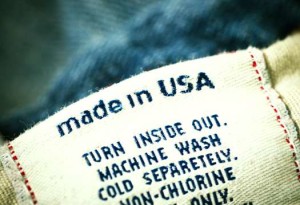Offshoring—or outsourcing—is the practice of moving factories and jobs overseas. In the last 20 years, American companies have started sending manufacturing operations to countries with cheaper labor, fewer regulations, and more forgiving tax schedules. The phenomenon is familiar to anyone talking to tech-support in India, but it has also occurred in the manufacturing industry. Before 2000, US manufacturing grew almost as fast as the nation’s Gross Domestic Product (GDP) at ninety-four cents on the dollar, but since the turn of the millennium that number dropped to only 45%, until this year. Currently, US manufacturing has grown faster than the GDP.
The reason for this is called reshoring—returning factories to US soil. Many companies are finding good reasons to move their operations back to America, and the result is higher domestic manufacturing rates, and in some markets, more general growth. Companies have returned to the US to: reduce the complexity of their management and supply chains, avoid the costs and delays of shipping, ensure quality control, and to take advantage of some lower energy costs.
Some corporations are not moving their existing operations, but instead opening new facilities. This geographic diversification insulates businesses against economic hardships like labor disputes, natural disasters, political upheaval, and more.
Unfortunately, reshoring is not a marvel of American job-creation. Companies are choosing to move back stateside because it is the most economically feasible option. They are utilizing automation and optimization consultants to make their operations as lean as possible. The cost of healthcare and other benefits, coupled with government labor regulation, makes reshoring labor-intensive industries less likely to return. Those who do reshore have reported problems finding qualified employees, as too many applicants cannot pass drug screenings, do not have a grasp of basic math skills, or are unreliable.
Bill Conerly, an economics expert writing for Forbes, sums it up perfectly when he writes, “The fastest-growing parts of manufacturing will be those that use the least labor. Productivity in factories continues to improve, so the best jobs picture we can hope for is flat. The peak year for US manufacturing employment was 1979, and we’re not going back there.”





